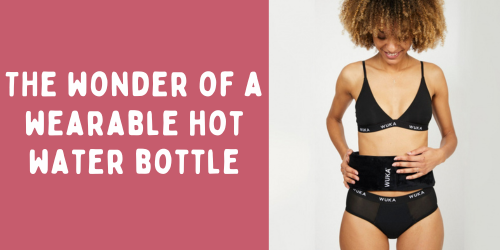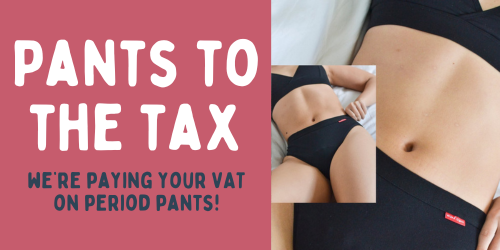Potty Training Tips with Amanda Jenner
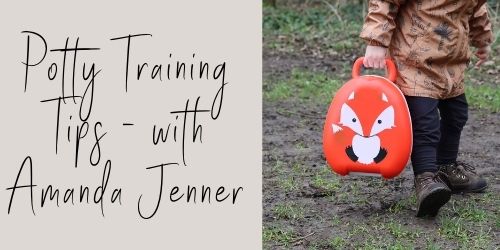
.jpg)
Updated April 2024
So its time for potty training! Potty training is a big step for both parents and children, and the process can take time and patience.
Perhaps your little one has started to show signs that they are ready to start using the potty, or perhaps you feel now is the right time to give it a shot. Either way, we're here to help guide and support you on that new journey - and make it as painless as possible!
We met with Amanda Jenner, the UK's leading Potty Training expert, and the brains behind the My Carry Potty - an ingenious travel potty that has helped 1000's of parents through this transitional stage.
Amanda has also created various tools to guide you through the potty training process, including potty training sticker charts and potty training pants. She is here to give us some great potty training tips!
Welcome Amanda, so tell us about your own experience as a potty training parent, and what it was that led you down the path of wanting to support other parents?
My son, who was potty training, would take his Thomas potty everywhere with him. One day we ventured out to the shops and I had a newborn with me, he said "Mummy I need to use the potty" so we found a quiet spot on the high street and he used it.
I had nowhere to pour the contents (wee) and so I found a drain in the street and poured it down. A man shouted at me "You shouldn't be doing that!" which shocked me and upset George. This was so upsetting and stressful for both George and I, so along came my lightbulb moment- My Carry Potty.
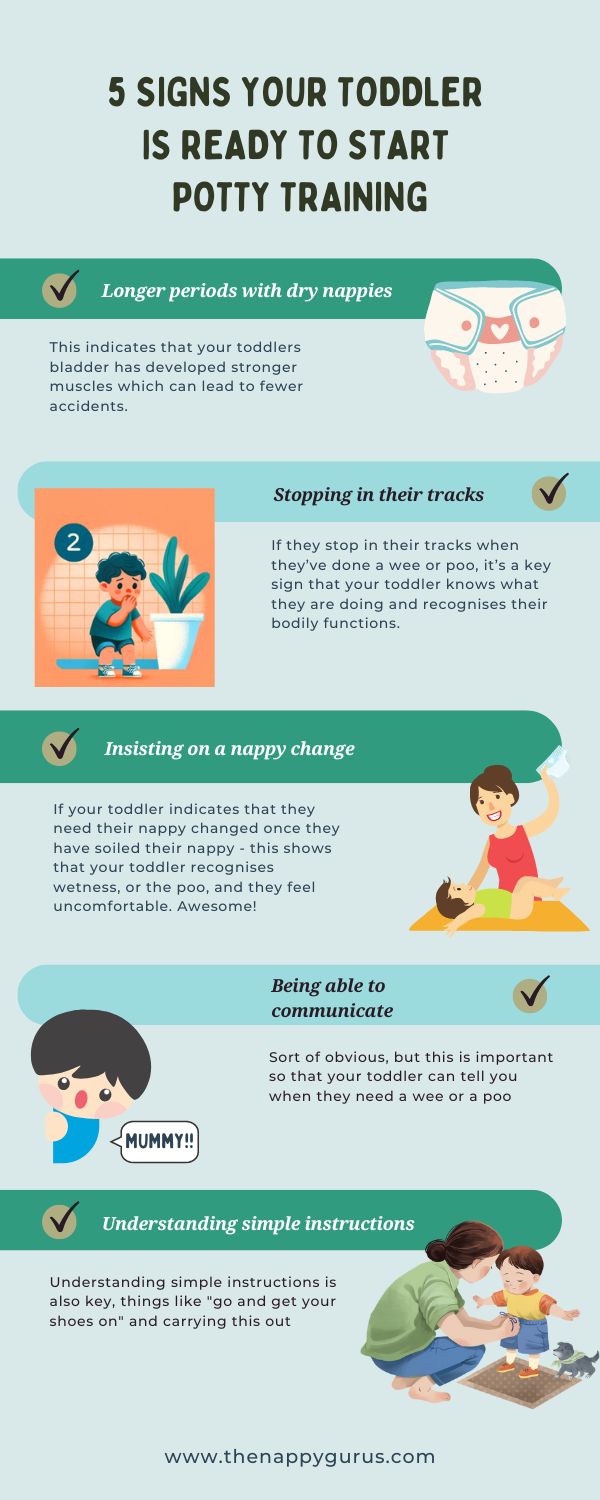
How do I know if my toddler is ready to start potty training?
Potty training is most successful when a child is ready, physically and emotionally, which typically happens between the ages of 2 and 3 but can be as early as 18 months. Your toddler is ready to start potty training when they begin to show signs of readiness. Some signs to look out for are:
- Longer periods with dry nappies - this indicates that your toddlers bladder has developed stronger muscles which can lead to fewer accidents.
- Stopping in their tracks when they have done a wee or a poo. This is a key sign that your toddler knows what they are doing and recognises their bodily functions.
- Insisting on a nappy change once they have soiled their nappy - this shows that your toddler recognises wetness, or the poo, and they feel uncomfortable.
- Being able to communicate - this is important so that your toddler can tell you when they need a wee or a poo.
- Understanding simple instructions or commands - for example "go and get your shoes on" and carrying this out.
So my little one is showing the signs of being ready to potty train - where do I start?
Start talking about the potty and show your child how it is used. Consider reading books about potty training together to make the process more familiar and less intimidating. Encourage your child to sit on the potty after meal times when they are likely to need a wee or a poo.
Get the right equipment: Invest in a child-sized potty and some potty training pants. Make sure the potty is in a convenient location for your child to use.
It's a good idea, instead of toilet paper, to give them their own set of reusable wipes which will do a much better job of wiping. And remind them to wipe from front to back, especially for bowel movements.
Next, remember to be positive! It is very important that we use positive language and do not show disappointment if mistakes happen. Children relate best to facial expression rather than raised voices.
Using encouraging potty training rewards will show your little trainer they are achieving their goals, and this keeps the encouragement going. Don't put pressure on either yourself, or your child, to potty train quickly, embrace the process with a positive and relaxed attitude and that is a great starting point.
Should I start with daytime training at first, and take night time later on?
Yes, 100%. Daytime potty training must be done first and then the little trainer must be able to stay dry in the day for a few months before even considering night time training. This is important, and don't expect your little one to potty train during the day and at night as part of the same process. Tackle potty training one step at a time.
Have you got any potty training tips for boys or potty training tips for girls? Are boys harder to potty train?
No, boys aren't harder to potty train, this is a myth. I have never experienced any different results between potty training boys and girls. Children have very little warning that they need to wee which can lead to accidents, so whether boy or girl, no child is the same and gender makes no difference.
Do you feel that disposable pull-ups actually delay potty training?
Disposable pants will confuse the toddler if used all the way through potty training, as little ones cannot tell the difference between a nappy and disposable pull-ups. Both fully absorb the wetness, so recognition is hindered.
Are reusable training pants more effective?
Using reusable training pants has great benefits. The little ones know that this is not a nappy, and using reusable pants will help them to feel the wetness helping them to learn- and transition to big kid pants with ease.
Reusable training pants give toddlers and parents the confidence they need when potty training. They will also save you money, and most importantly, the planet!
Tell us about the Potty Training Pack
The Potty Training Pack is a fun and educational programme, that the whole family can get involved in. The pack has 2 characters, George and Hollie, and these are prominent throughout the pack.
Children learn through visuals and in the pack there is a beautifully illustrated book taking George and Hollie on their potty training journey. There are 3 reward charts within the pack, plus a parenting guide which explains; when to start potty training, signs of readiness, and how to implement the reward systems.
Tell us about the My Carry Potty
The benefits of the My Carry Potty are that, as the world's only leakproof potty, no bags are required- you just dispose the contents into the nearest toilet. My Carry Potty can be used in and out the home, making it the only potty toddlers will ever need. The carry handle makes it easier for little ones to adopt as their "own" and gives them the independence to use the potty anywhere.
Available in the range of cute character designs, you can find the My Carry Potty, and other potty training essentials here:
While tackling potty training, remember to be patient -- potty training can take weeks or even months, so be patient and flexible. Some children may potty train quickly, while others may need more time and support. Every child is different and potty training will happen at their own pace. Be patient, positive, and encouraging, and your child will be using the potty in no time!
> Shop our range of potty training support aids and equipment here <
If you enjoyed this blogpost, you may also find these interesting:
Everything you need to know about reusable swim nappies
Do reusable nappies really save money?
Sustainable parenting on the rise
About the Authors: Laura, founder of The Nappy Gurus, and Amanda Jenner, creator of My Carry Potty, come together to share their wealth of knowledge on potty training. Laura's extensive experience with eco-friendly parenting solutions and Amanda's innovative approach to practical potty training challenges make them a dynamic duo. Both are passionate about making parenting easier and more sustainable. This collaboration aims to empower parents with effective strategies and insights into potty training, supported by products that are not only child-friendly but also environmentally considerate.
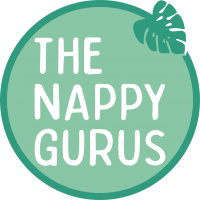
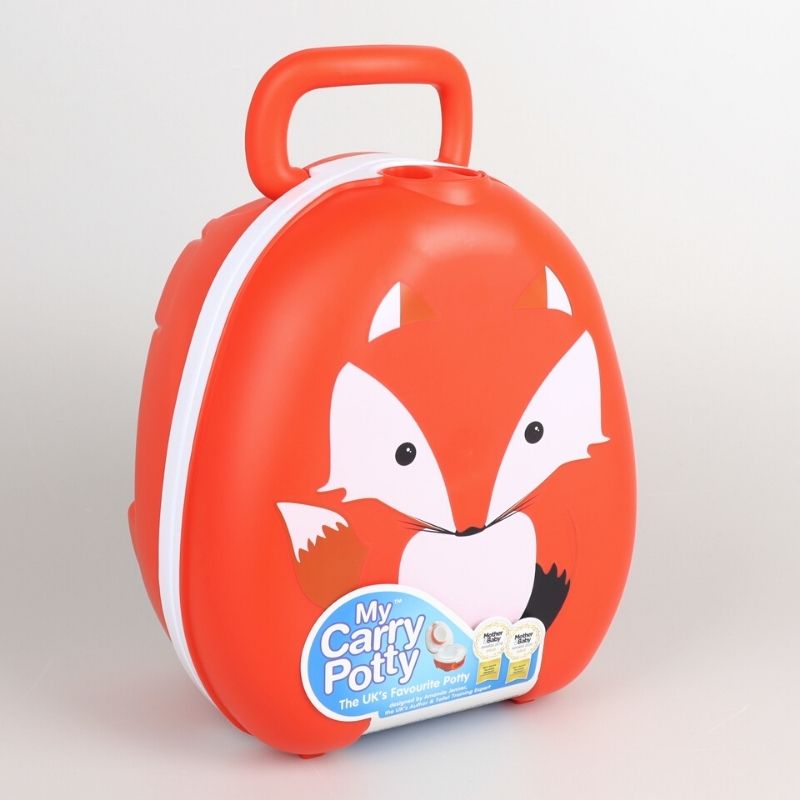
.jpg)
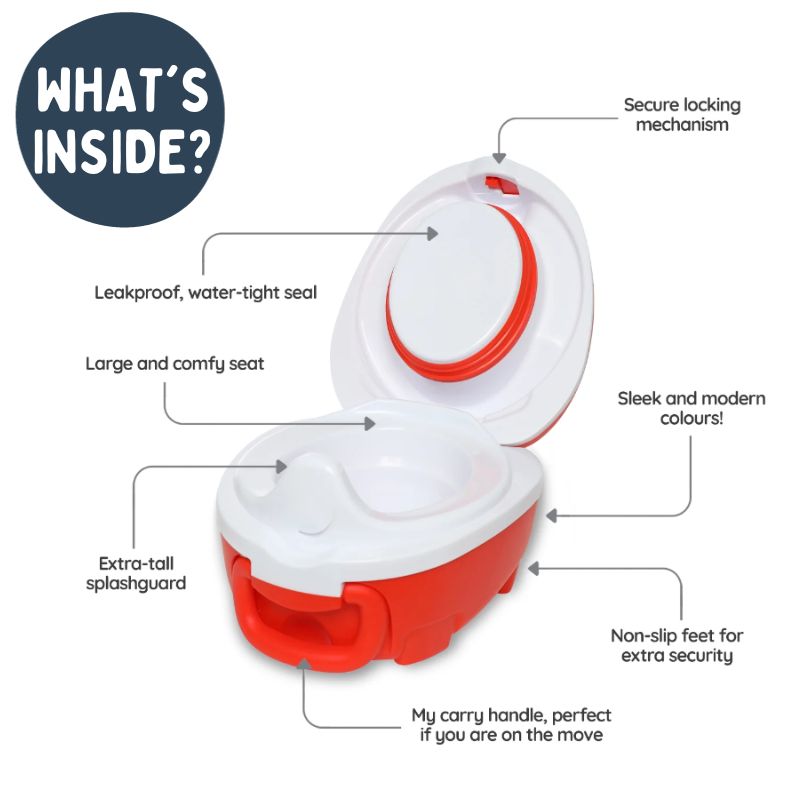
.jpg)
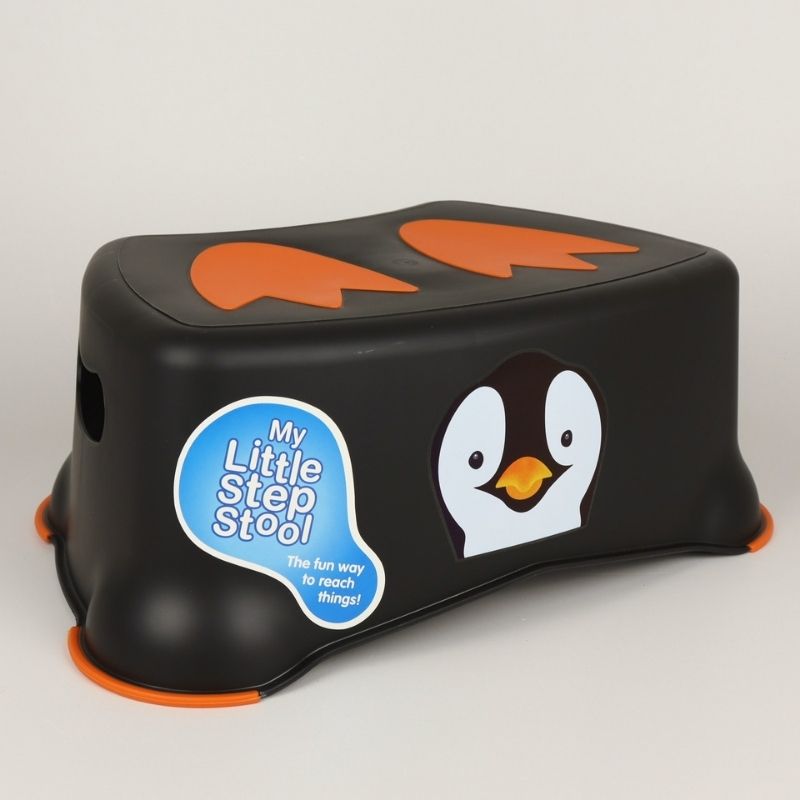
.jpg)
.jpg)
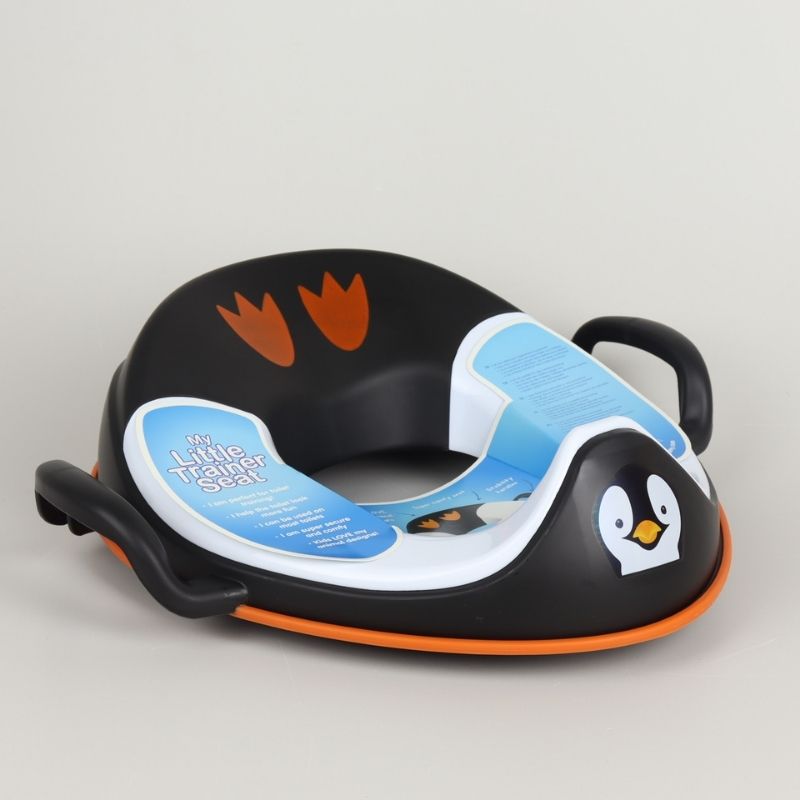
.jpg)
.jpg)
.jpg)
(1).jpg)
